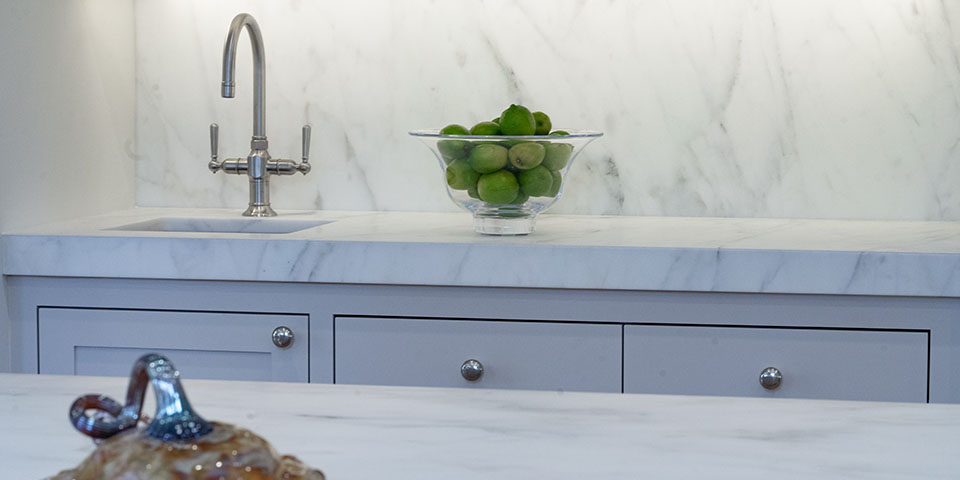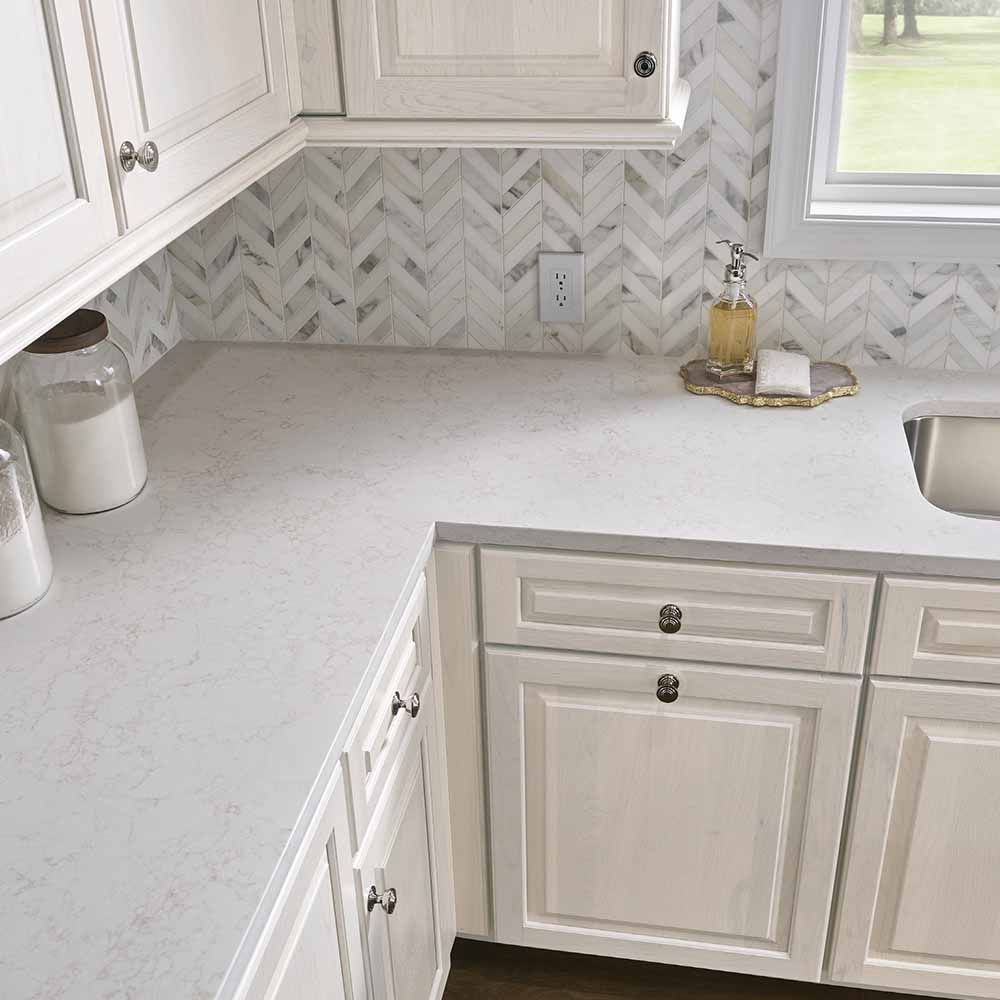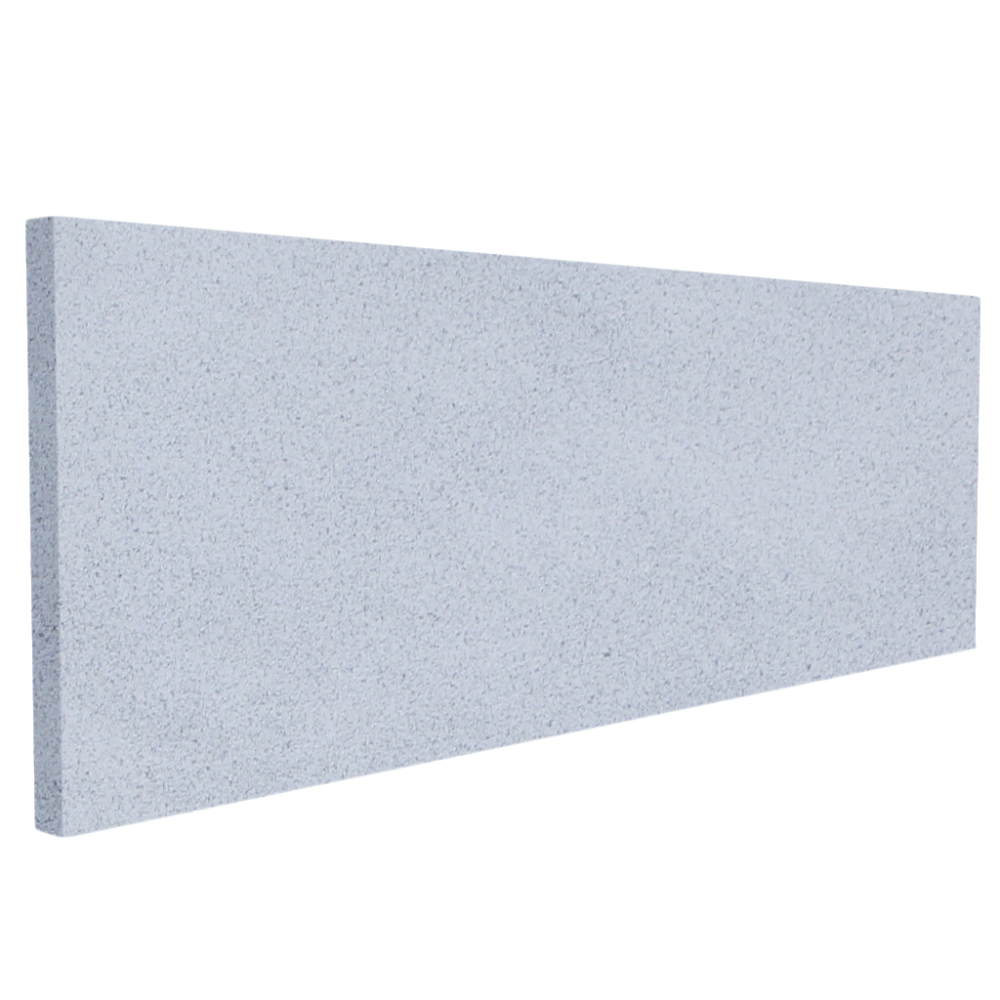Welcome to the world where aesthetic appeal meets functionality—yes, we’re diving deep into the perplexing realm of Marble vs. Engineered Stone: A Side-by-Side Comparison of Slabs. With a plethora of options out there, choosing between these two materials for your countertops, floors, or walls can be daunting. This guide is designed to ease your concerns and arm you with all the information you need to make an informed choice.
When it comes to selecting a stone for your home or office space, you’re not just choosing a material. You’re also committing to a long-term relationship with it. With the rise of modern technologies, the game has completely changed. Let’s dig into how these two fabulous materials stack up against each other.

This article may interest you Marble or Granite for kitchen countertops
The Origin of the Stones
Where Marble Comes From
Marble is a gift from Mother Earth. It’s formed from limestone subjected to heat and pressure over millennia. The presence of various minerals like feldspar and quartz gives marble its unique veining and color patterns. It’s often sourced from countries like Italy, Greece, and Turkey.
The Manufacturing of Engineered Stone
On the flip side, engineered stone is a man-made marvel. It’s usually 90-95% crushed natural quartz combined with resins, polymers, and pigments. The production process is tightly controlled, giving the end-product consistency that you wouldn’t find in natural stone.

Characteristics of the Stones
The Nature of Marble
Marble has long been considered the epitome of luxury and elegance. Each slab is like a canvas painted by nature, featuring unique veining and color variations. This distinctiveness makes each marble piece a one-of-a-kind masterpiece. However, marble’s porous nature does make it susceptible to staining. If not properly sealed, substances like wine or oil can easily penetrate its surface, causing permanent damage.
Features of Engineered Stone
Engineered stone, on the other hand, is a beacon of durability and versatility. It’s primarily composed of quartz, one of the hardest minerals on Earth, which gives it its non-porous and scratch-resistant qualities. Unlike marble, engineered stone doesn’t need to be sealed periodically, saving you both time and maintenance costs in the long run.
In summary, while marble offers unparalleled natural beauty, it does require a more attentive care regimen to maintain its luster. Engineered stone, with its ease of maintenance and durable features, is a strong contender for those who prioritize practicality without compromising aesthetics.
Color Range and Patterns
Marble’s Aesthetic Versatility
Marble is celebrated for its wide range of colors and intricate patterns, a result of the unique mix of minerals present during its formation. This natural variance allows for incredible aesthetic flexibility. Whether you’re drawn to the understated elegance of Carrara marble or the dramatic veining of Calacatta, there’s a marble for every taste and interior design style.
Engineered Stone and Color Uniformity
In contrast to marble’s natural variability, engineered stone offers color and pattern consistency. This is a major perk for those who value a uniform aesthetic. The controlled manufacturing process ensures that each slab is virtually identical, which means you can expect to get exactly what you see in the showroom.
Durability Comparison
How Durable is Marble?
While marble’s historical legacy as a material of choice for sculptures and monuments might suggest high durability, it’s not the whole story. Marble is a relatively soft stone that’s susceptible to etching and scratching. Acidic substances like lemon juice or vinegar can easily leave permanent marks. Because of this, marble may require a bit more tender loving care to maintain its elegant appearance.
Longevity of Engineered Stone
When durability is a top priority, engineered stone shines. This manufactured material is highly resistant to common household woes like scratches, stains, and etches. Its robust nature makes it an ideal candidate for high-traffic areas, from bustling family kitchens to busy commercial spaces.
Both materials have their pros and cons concerning durability. While marble exudes an unparalleled elegance, it does require more cautious care. On the other hand, engineered stone offers practical durability ideal for a modern, busy lifestyle.
Maintenance and Care
Caring for Marble Surfaces
If you’ve invested in marble, you’ll want to keep it looking its best. Marble surfaces require consistent care, notably regular sealing, to protect them from stains and damages. When cleaning, it’s vital to use pH-neutral cleaners; acidic or alkaline substances can etch the surface, diminishing its natural beauty.
Engineered Stone Maintenance
One of the appeals of engineered stone is its low maintenance requirement. Unlike marble, it doesn’t need to be sealed or treated with special cleaners. For everyday cleaning, a simple wipe down with a damp cloth and a mild detergent is usually sufficient.
Pricing Factors
Cost of Marble
The natural allure and labor-intensive extraction process of marble make it a more expensive option. Costs can vary substantially depending on factors like the type of marble, its rarity, and the quality of the slab.
Cost of Engineered Stone
When it comes to cost, engineered stone is often comparable to high-end granite or mid-tier marble. While it’s not a budget option, many consider it a smart investment due to its blend of aesthetic appeal and longevity.
Each material has its care requirements and pricing, and these factors should be considered alongside their aesthetic and functional qualities when making a choice between marble and engineered stone.

Environmental Impact
Marble and Eco-friendliness
Marble offers some eco-friendly advantages, such as being free from volatile organic compounds (VOCs) and being fully recyclable. However, the environmental costs of marble mining, including energy use and landscape degradation, can’t be overlooked.
The Green Score of Engineered Stone
While engineered stone is a man-made product, many manufacturers are adopting greener practices. These include using recycled materials in production and taking steps to reduce waste, thereby improving its environmental score.
Application Areas
Marble in Architecture and Design
When it comes to architectural splendor and design sophistication, marble stands in a league of its own. Renowned for its luxurious aesthetics, it has graced palaces, temples, and homes for centuries. In modern architecture and interior design, the timeless elegance of marble remains a sought-after choice. This material is particularly favored for high-impact areas like grand entryways, lavish bathrooms, and majestic kitchen islands.
Yet, despite its undeniable charm, marble comes with some limitations. For example, its relatively soft and porous nature makes it less suitable for high-traffic floors where durability is a concern. Think twice before using marble in an area that will see the brunt of wear and tear, like a bustling kitchen or a foyer. In such cases, a harder stone or a protective sealant would be beneficial.

Engineered Stone in Modern Spaces
Engineered stone is like the Swiss Army knife of the building world; it’s versatile, durable, and can fit into almost any type of design plan. Because it’s a man-made material, the scope for customization is vast, offering a wide array of colors, patterns, and finishes. This versatility makes engineered stone a prime choice for both residential and commercial applications. From countertops that can withstand the pressures of a busy home kitchen to durable floors in high-traffic commercial spaces, engineered stone is up to the task.
It’s not just about durability and aesthetics, though. Engineered stone also offers the advantage of being almost maintenance-free. This makes it an attractive option for modern spaces where the ease of care is as much a priority as visual appeal. Wall claddings, bathroom surfaces, kitchen counters—you name it, engineered stone can do it all and then some.
Both marble and engineered stone have their unique places in the realm of architecture and design. While marble brings a touch of historical elegance and natural beauty, engineered stone offers practicality and modern charm. Your ultimate choice will likely hinge on what’s most important to you—be it the classic allure of natural stone or the hard-wearing, low-maintenance benefits of a man-made material.
Popularity and Trends
Trends in Marble Use
Marble has always been synonymous with luxury and elegance. However, its role in modern design is experiencing a renaissance, especially in minimalist settings. Today, designers and homeowners alike are using marble to make bold statements in contemporary spaces. From the classic white Carrara marble in chic kitchens to the dramatic black and gold in luxurious bathrooms, marble’s natural beauty is stealing the spotlight. The desire for unique, natural elements in interior design has made marble a popular choice in modern homes, offices, and public spaces.
Engineered Stone in the Spotlight
Engineered stone is turning heads in the design world, and for good reasons. Its popularity is skyrocketing, particularly among the younger generations like millennials and Gen Z. Why? Because they adore its blend of style and functionality. This man-made material doesn’t just come in an array of dazzling colors and patterns; it also offers incredible durability and requires minimal maintenance. Think of it as the high-performance athlete of the stone world—sleek, strong, and versatile. These qualities make it a go-to choice for busy families, professionals, and anyone who wants a stunning, yet practical surface in their living space.
FAQs
- What is the average lifespan of marble and engineered stone? Marble can last hundreds of years if maintained well, whereas engineered stone generally has a lifespan of 25-30 years.
- Do marble and engineered stone have the same look? No, marble has natural variations, while engineered stone offers a more consistent appearance.
- Can I use either stone in outdoor applications? Marble is generally not recommended for outdoor use due to its porosity, whereas some engineered stones are suitable for outdoor applications.
- Is engineered stone scratch-resistant? Yes, the high quartz content makes it highly scratch-resistant.
- Which is more expensive, marble or engineered stone? The cost can vary, but generally, marble can be more expensive depending on its quality and rarity.
- Do both stones require sealing? Marble requires periodic sealing, while engineered stone does not.
Conclusion
Both marble and engineered stone have their merits and shortcomings. Your choice will ultimately depend on your lifestyle, aesthetics, and maintenance preferences. Remember, the best stone for you meets your functional needs while fulfilling your aesthetic desires. Choose wisely!


Pingback: Silestone Quartz Countertops Pros and Cons | Fairfax Marble